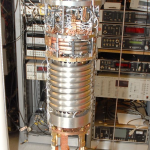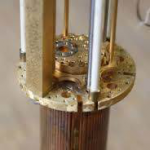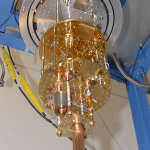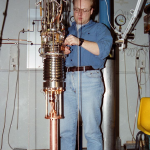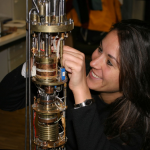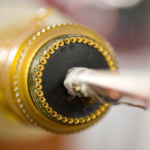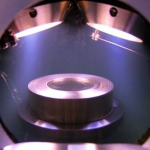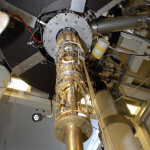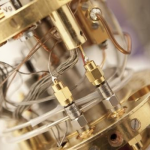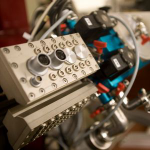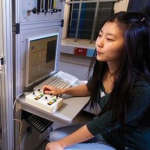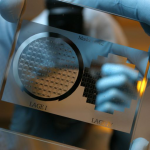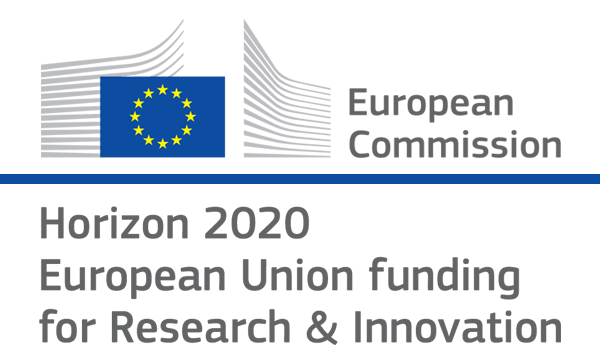

- Photon Transport in a Bose-Hubbard Chain of Superconducting Artificial Atoms
G. P. Fedorov et al., Phys. Rev. Lett. 126, 180503 (2021) - Path-Dependent Supercooling of the
He3 Superfluid A-B Transition
Dmytro Lotnyk et al., Phys. Rev. Lett. 126, 215301 (2021) - Superconductivity in an extreme strange metal
D. H. Nguyen et al., Nat Commun 12, 4341 (2021) - High-Q Silicon Nitride Drum Resonators Strongly Coupled to Gates
Xin Zhou et al., Nano Lett. 21, 5738-5744 (2021) - Measurement of the 229Th isomer energy with a magnetic micro-calorimeter
T. Sikorsky et al., Phys. Rev. Lett. 125 (2020) 142503
105Pd NMR and NQR study of the cubic heavy fermion system Ce3Pd20Si6
I. Jakovac, M. Horvatic, E. F. Schwier, A. Prokofiev, S. Paschen, H. Mitamura, T. Sakakibara, M. S. GrbicWe report 105Pd nuclear magnetic resonance (NMR) and nuclear quadrupolar resonance (NQR) measurements on a single crystal of Ce3Pd20Si6, where antiferroquadrupolar and antiferromagnetic orders develop at low temperature. From the analysis of NQR and NMR spectra, we have determined the electric field gradient (EFG) tensors and the anisotropic Knight shift (K) components for both inequivalent Pd sites—Pd(32f) and Pd(48h). The observed EFG values are in excellent agreement with our state-of-the-art density functional theory calculations. The principal values of the quadrupolar coupling are (20.37±0.02) MHz and (5.45±0.02) MHz, for the Pd(32f) and Pd(48h) sites, respectively, which is large compared to the Larmor frequency defined by the gyromagnetic constant γ=1.948 38 MHz/T for 105Pd. Therefore, the complete knowledge of K and the EFG tensors is crucial to establish the correspondence between NMR spectra and crystallographic sites, which is needed for a complete analysis of the magnetic structure, static spin susceptibility, and the spin-lattice relaxation rate data and a better understanding of the groundstate of Ce3Pd20Si6.
J. Phys.: Condens. Matter 32, 245601 (2020)
doi: 10.1088/1361-648x/ab70c4
arxiv: https://arxiv.org/abs/1911.09952
